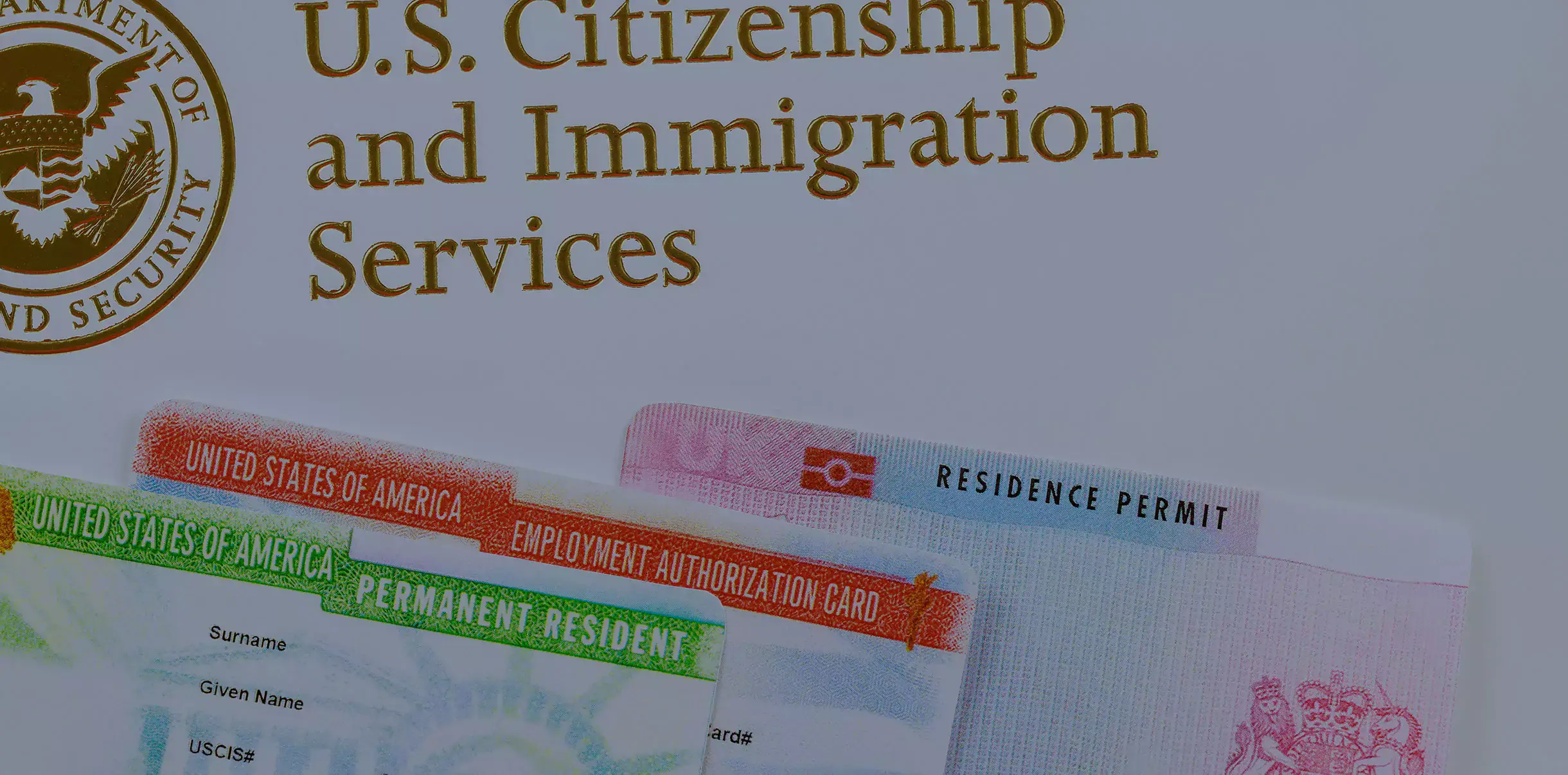EB-5 Investment Options: Direct Investment vs. Regional Centers
The EB-5 visa program offers two primary paths for foreign investors: direct investment and investment through regional centers. Understanding the differences between these options is crucial when deciding how to structure your investment and meet the requirements for obtaining a green card. Both approaches have their own advantages, obligations, and risk profiles. At Pollak PLLC, we help clients assess which path is right for their financial goals and immigration needs.
Direct Investment
Direct investment involves investing in a new commercial enterprise where the investor plays an active role in managing or overseeing the business. This option appeals to entrepreneurs who wish to maintain more control over their investment and business operations. Direct investors are responsible for demonstrating the creation of at least 10 full-time jobs for U.S. workers. These jobs must be directly associated with the business receiving the investment.
Examples of direct investments include opening a restaurant, purchasing and expanding an existing company, or developing a new manufacturing facility. This route provides more autonomy but also requires a hands-on approach, along with significant effort to ensure business success and compliance with USCIS requirements.
Direct investment is best suited for individuals who are comfortable with business management, have prior entrepreneurial experience, and prefer to oversee job creation and business growth personally.
Regional Center Investment
Regional centers are designated entities approved by USCIS to promote economic growth in specific geographic areas. These centers pool investments from multiple EB-5 applicants and manage large-scale projects, such as real estate developments, infrastructure improvements, or hospitality ventures.
Regional center investments allow for indirect and induced job creation, which is a key advantage. Rather than needing to hire 10 full-time employees directly, investors can rely on economic models that project job creation as a result of their capital infusion. This reduces the burden of day-to-day business management and lessens the need to document each job creation individually.
Investing through a regional center is ideal for those seeking a more passive investment approach. It appeals to investors who want to meet EB-5 requirements without taking on direct operational responsibilities. However, because the investor has limited control over project management and job creation calculations, careful due diligence is critical to ensure the regional center's reliability and success record.
Choosing the Right Path
Deciding between direct investment and a regional center depends on the investor's goals, experience, and comfort level with business involvement. Those looking for greater control and potential for higher returns may prefer direct investment, despite its complexity. Investors seeking simplicity, reduced responsibility, and the convenience of indirect job creation often choose the regional center path.
At Pollak PLLC, we guide our clients through evaluating each investment route, helping them consider project feasibility, associated risks, and long-term immigration goals. Whether choosing direct investment or a regional center, we assist in reviewing investment documents, confirming compliance with USCIS requirements, and ensuring the investment supports the client's pathway to permanent residency.
The Job Creation Immigrant Visa and Green Card for Investors
The EB-5 visa, often referred to as the job creation immigrant visa, is a unique pathway for foreign investors to obtain lawful permanent residency in the United States. Unlike employment-based visas that rely on sponsorship from a U.S. employer, the EB-5 program allows investors to self-petition by making a substantial investment that contributes to the U.S. economy and generates employment opportunities for American workers. This structure provides foreign nationals with an opportunity to secure green cards for themselves and their immediate family members while simultaneously driving economic growth.
Core Focus on Job Creation
At the heart of the EB-5 visa is the job creation requirement. The U.S. government established this program not only to attract foreign capital but also to ensure that the investment results in tangible benefits for American communities. Every EB-5 investor must demonstrate that their investment will create at least 10 full-time jobs for U.S. workers. These jobs can be direct, indirect, or induced, depending on the type of investment.
Direct jobs are those where employees are hired directly by the business that received the EB-5 investment. These are often found in direct investment projects where the investor is actively managing or overseeing the enterprise. Indirect and induced jobs are typically associated with regional center investments, where job creation is projected through economic models that measure the broader impact of the investment.
Investment Types and Job Impact
Whether the investor chooses a direct investment or a regional center project, job creation documentation is essential. Business plans, economic analyses, and third-party reports are often used to substantiate that the investment will meet or exceed the job creation requirement. For troubled businesses — companies experiencing financial distress — the focus may shift to job preservation, allowing investors to meet EB-5 requirements by saving at least 10 existing jobs that would otherwise be lost.
Green Card Benefits for Investors and Families
Once an investor meets the job creation and investment requirements, they become eligible for conditional permanent residency, granting them and their immediate family members — spouses and unmarried children under 21 — the ability to live, work, and study in the United States. After two years, investors must file Form I-829 to remove the conditions on their residency. This requires evidence that the investment remained in place and that the job creation targets were achieved.
Upon approval of the I-829 petition, investors and their families receive full permanent resident status. This green card provides long-term stability and a path to eventual U.S. citizenship.
Guidance Through the Job Creation Visa Process
The EB-5 process requires careful planning, significant documentation, and a clear understanding of USCIS expectations. At Pollak PLLC, we help investors structure their investments, verify job creation strategies, and prepare robust petitions that meet all requirements. We also assist with responding to any government inquiries and guide clients through the removal of conditions process to secure permanent green cards.
Hiring an EB-5 Immigration Lawyer
This type of visa requires extensive documents and planning. Let our managing attorney, Karen-Lee Pollak, and experienced immigration support team advise you on whether you qualify for an investment green card.
Our firm provides full-service professional legal advice and representation to help you find an immigration solution to your visa needs. Please contact us to discuss your immigration options.



